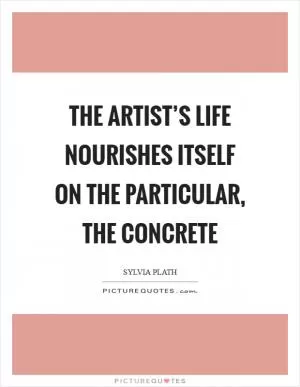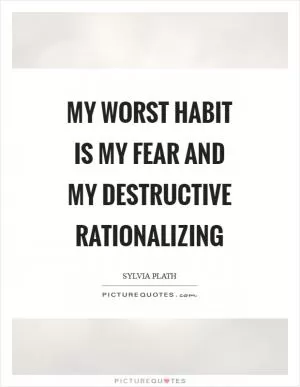The blood jet is poetry and there is no stopping it

The blood jet is poetry and there is no stopping it
Sylvia Plath, a renowned poet known for her confessional style and raw emotional intensity, once famously wrote, "The blood jet is poetry and there is no stopping it." This powerful statement encapsulates the essence of Plath's work and the way in which she used her own personal experiences and emotions to fuel her poetry.Plath's poetry is often characterized by its visceral imagery and intense emotional depth, with themes of mental illness, death, and the struggles of womanhood recurring throughout her work. The phrase "the blood jet is poetry" can be interpreted as a metaphor for the way in which Plath's own life experiences and emotions flowed freely and uncontrollably into her poetry, creating a raw and unfiltered expression of her innermost thoughts and feelings.
Plath's struggles with mental illness, particularly her battle with depression, are well-documented and have been a central focus of much of her work. In her poetry, she often delves into the darkest corners of her mind, exploring themes of despair, isolation, and self-destruction. The phrase "the blood jet is poetry" can be seen as a reflection of the way in which Plath used her own pain and suffering as a source of inspiration for her writing, allowing her emotions to flow freely onto the page without inhibition.
Furthermore, the idea that there is "no stopping" the blood jet of poetry suggests a sense of urgency and inevitability in Plath's writing. For her, poetry was not just a creative outlet, but a necessary means of survival, a way to make sense of the chaos and turmoil of her own inner world. In this sense, her poetry becomes a form of catharsis, a way to release the pent-up emotions and thoughts that threatened to consume her.
Overall, Sylvia Plath's declaration that "the blood jet is poetry and there is no stopping it" speaks to the raw power and emotional intensity of her work. Through her poetry, she was able to channel her own pain and suffering into art, creating a body of work that continues to resonate with readers to this day.












 Friendship Quotes
Friendship Quotes Love Quotes
Love Quotes Life Quotes
Life Quotes Funny Quotes
Funny Quotes Motivational Quotes
Motivational Quotes Inspirational Quotes
Inspirational Quotes